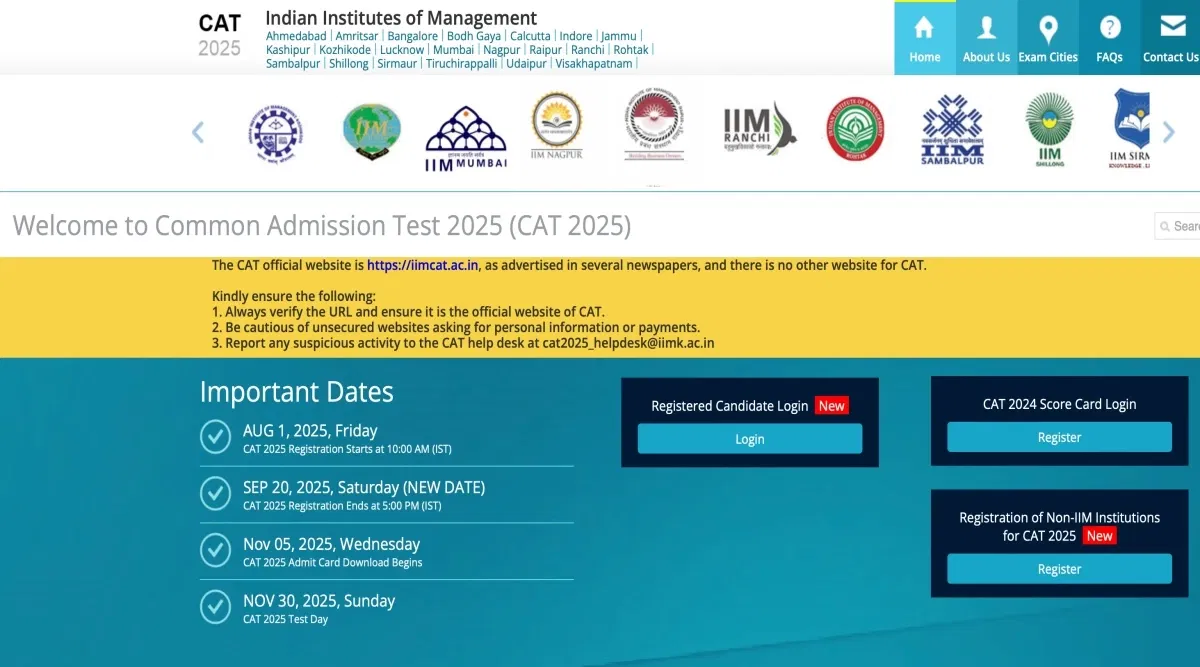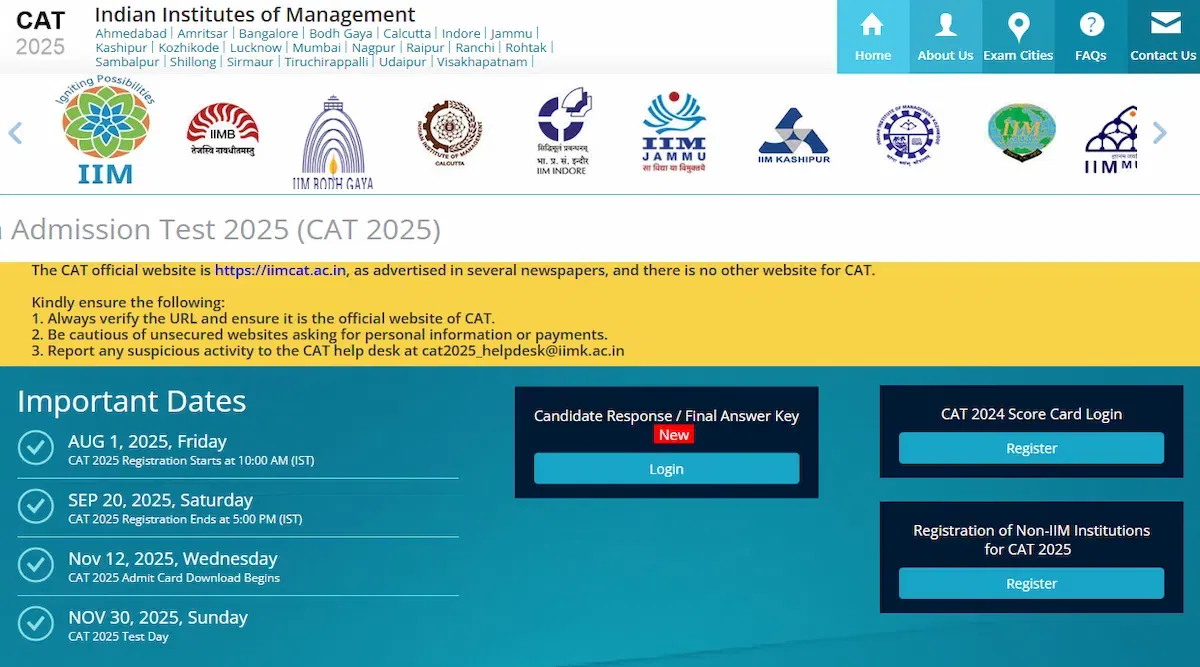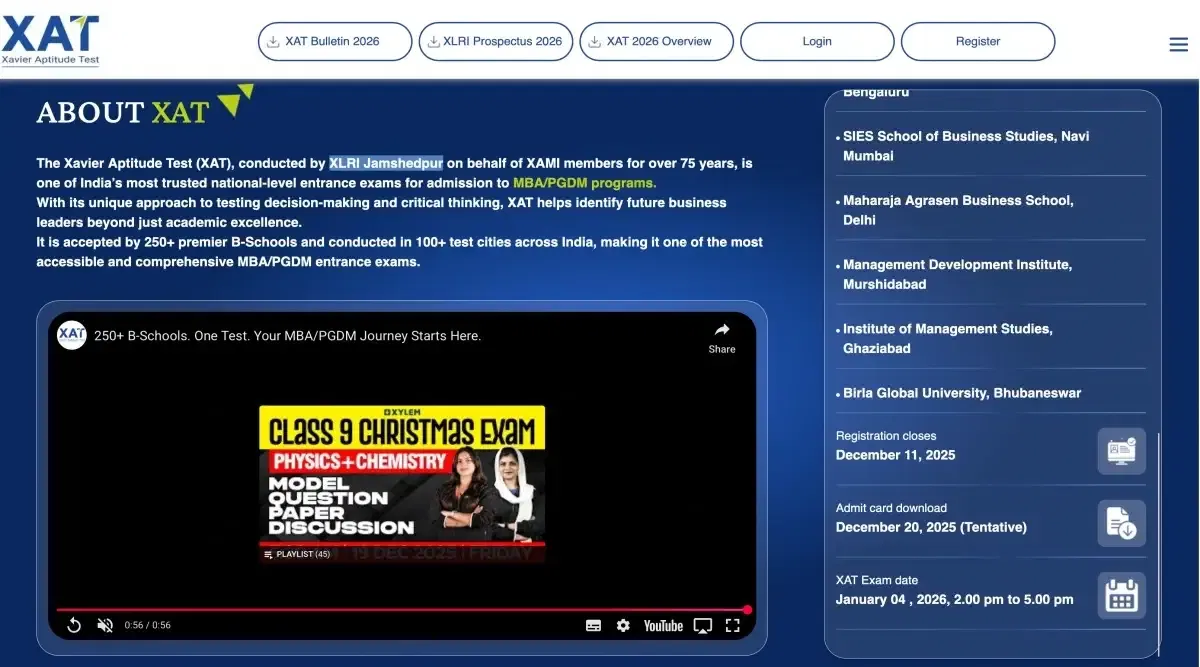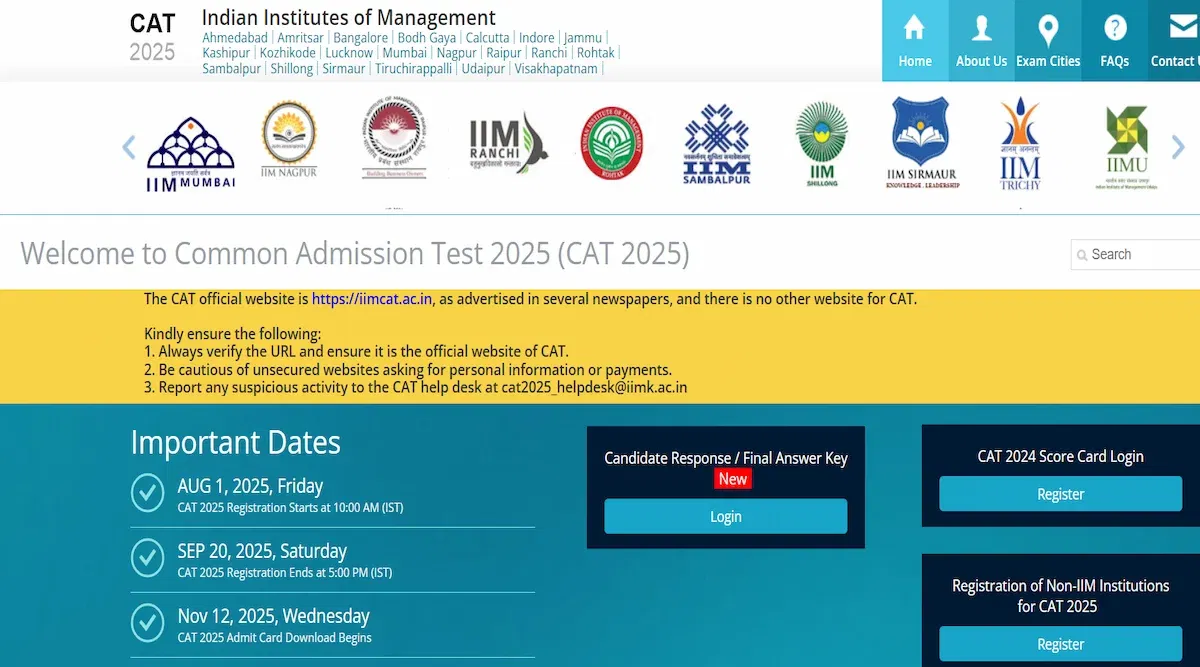The USA is one of the premier destinations in the world for education, especially higher education, home to some of the best institutions in the world - some dating back to more than 300 years to its their point of origin.
Are you willing to pursue your higher education in USA? The education system in the USA is among the most highly regarded in the world, with home to some of the best technical institutions, business schools, and colleges for humanities and fine arts. The USA accounts for 5% of the total number of international students enrolled in higher education programs across its universities.
Apart from quality education, the USA has a multicultural landscape that can provide ample exposure to students, thus helping them broaden their professional and personal horizons. Therefore, studying in the USA is a matter of prestige and paves the way for immense opportunities in career advancement and growth after graduation.
There are a couple of crucial aspects of the education system in the USA that potential students need to understand before even thinking of applying for a program at an American university. This article will serve as a one-stop guide on the education system in the USA, from the different levels of study and types of institutions to the availability of financial aid and the general classroom environment of American educational institutions.
Table of Contents
- Study Levels in the USA
- Types of Higher Education Institutions in the USA
- Grading System in the USA
- Fee Structure
- Financial Aid to Study in the USA
- Characteristics of the US Education System
- Classroom Environment
- Academic Year
Study levels in the USA
Broadly, there are four study levels in the American education system. In this section, we will discuss these study levels in detail. Listed below are the study levels in the USA:
Elementary School
In Elementary School, children receive a basic primary education between the ages of six and eleven after attending kindergarten. The elementary school consists of five levels, including kindergarten, 1st grade, 2nd grade, 3rd grade, and 4th grade. School district councils determine the curriculum in elementary schools, which includes subjects like arithmetic, language proficiency, social studies, and science.
Middle School
In middle school, students usually study the same courses as they do in elementary school, but at a more advanced level. A greater number of courses, such as computer science, are also added to the curriculum, including foreign languages. Students complete 5th-8th grade during their middle school and their age group during this level is between 10-14 years.
Secondary or High School
A high school education consists of "core subjects," with different levels of emphasis depending on the state, with English, math, social studies, and science being the most common. Elective courses are taught at many secondary schools, including performing arts, foreign languages, journalism, etc. Students in high school are between the ages of 15 and 18. Students who successfully complete secondary studies receive a high school diploma attesting to their readiness for higher education.
Higher Education
Higher education in the USA involves bachelor's programs, master's programs, doctoral degrees., etc. After completing high school, students need to pursue a bachelor's degree in the USA that usually lasts for 4 years. Most of the higher education institutions in the USA admit students based on their GPA and standardized test scores (SAT, ACT). The table below provides an overview of the types of qualifications that a student can opt for.
| Qualification | Duration |
| Associate Degree | 2 years |
| Bachelor's Degree | 3 - 4 years |
| Master's Degree (Professional) | 1 - 3 years |
| Master's Degree (Academic) | 2 years |
| Doctorate or PhD | 5 - 8 years |
Some of the top universities for international students in the USA are:
- Massachusetts Institute of Technology
- Columbia University
- Princeton University
- Yale University
- Stanford University
Types of Higher Education Institutions in the USA
The USA is home to some of the best educational, research, and technical institutions globally. So it is no surprise that students worldwide have dreams of studying and starting a life in the USA someday. Some institutions are more than 200 years old with a rich history and culture, responsible for creating some of the most brilliant minds of any generation.
To understand the landscape of educational institutions in America, it is necessary to delve into the different types of universities and colleges in the USA. Identifying the preferred program and university is the most crucial step in migrating to America, as it determines the following steps in the migration process.
Institutions can either be colleges or universities, and that distinction is essential to make when talking about the education system in the USA.
Colleges
Colleges are smaller in scale than universities in America, and they generally provide undergraduate degrees. Therefore, they are the more affordable option when compared to universities and offer associate degree programs. If students wish to continue their education, they can spend an additional two years getting a full-fledged undergraduate degree.
Universities
Universities in the USA offer research-based post-graduate and doctoral programs. In addition, students can pursue professional or academic Master’s degrees and doctoral and post-doctoral degrees as well. There are types of universities in the USA:
- Public Universities: These universities are funded by the state, meaning that the state governments run these institutions.
- Private Universities: These universities are a combination of profit and non-profit ventures supported by donations and tuition fees. These institutions account for 20% of the total student population in the USA.
The table below is a further categorization of the types of universities in the USA, based on their size, reputation, and types of programs offered:
| Type of Institution | Features |
| Ivy League |
|
| Public Ivy League |
|
| Liberal Arts/ Philosophy |
|
| Specialist Institutions |
Focus on providing specialized degrees in fields like music, visual arts, applied arts, etc. |
| Land Grant Institutions |
|
| Research-Intensive Institutions |
|
Grading System in the USA
The education system uses the US Letter Grading System in America. Based on a student’s performance, the faculty will grade the assignments with a letter ranging from A to F. The letter signifies how well or poorly the student has performed in their studies. Each letter has a certain percentage assigned to it, which indicates the number of correct or incorrect responses in a test or the number of course requirements that a student has met.
The table below details the grading system in the USA:
| Grade | Percentile Range | Assessment |
| A (A+ and A-) | 90 - 100% | Excellent |
| B (B+ and B-) | 80 - 89% | Very Good |
| C (C+ and C-) | 70 - 79% | Satisfactory |
| D (D+ and D-) | 59 - 69% | Passing Grade |
| F | Below 60% | Fail |
Fee Structure
Studying in the USA can be an expensive affair for students, especially from India. International students have to consider the costs associated with studying in the USA, which includes living expenses. The price of education in the USA is relatively high when compared to countries like Germany or Canada. For this reason, it is essential to do a thorough study on the various costs involved in studying in the USA.
For this article, we will specifically look at the tuition fees for the different courses available for students. The table below shows the kind of courses and the associated tuition fees:
| Program | Fees (in USD) |
| English Studies | 700 - 2,000 (a month) |
| Associate Degrees | 6,000 - 20,000 (a year) |
| Bachelor's Degrees | 20,000 - 40,000 (a year) |
| Master's Degrees | 20,000 - 45,000 (a year) |
| Doctoral Degrees | 28,000 - 55,000 (a year) |
MBA degrees are usually more expensive (starting from USD 20,000, all the way to USD 70,000), similar to degrees in law, medicine, dentistry, and specific design programs. Therefore, it is advised that students do their due diligence when choosing a program or university.
Financial Aid to Study in the USA
Based on the need, students can opt for financial aid in grants provided by government or private organizations or educational institutions themselves. The competition for these kinds of grants and scholarships is high, and students must apply for them in advance. The following are the types of financial aid available to students:
- Need-based aid
- Athletic scholarships
- Scholarships - Tuition/Fee waivers
- Fellowships / Grants
- Teaching Assistantships
- Research Assistantships
- Administrative (Residence) Assistantships
Characteristics of the US Education System
Some of the major characteristics of the education system in the USA are listed below:
- Educational Freedom
- Examinations begin in Elementary School
- Flexible Programs
- Campus and Infrastructures
Educational Freedom
The US education system is completely decentralized. The decision-making for programs, manuals, distribution, and expenditures is left up to the states, resulting in wide disparities and great flexibility. Regarding the program, for instance, publishers only create textbooks based on national goals. Thus, education freedom is one of the major characteristics of the American education system.
Examinations begin in Elementary School
In the United States, the first exams are taken in primary school. The third grade ends with a test that assesses a student's knowledge and lets them into the upper class. Students take the same kind of test at the end of 4th grade and 5th grade. Even those who failed the test can take a catch-up session in February or March.
Flexible Programs
There is a wide variety of programs to choose from in the USA. With the option of a major, minor, and elective, you can build a diploma that suits your interests and consolidate multiple fields within the same degree program. This is an excellent opportunity for students who are unsure of their orientation.
Campus and Infrastructures
It is an incredible experience to live on an American campus. There are plenty of resources available to students to make the most of their education. The infrastructure of academic facilities is impressive. For business students, there are financial market halls, engineering labs to experiment and build projects, and production rooms where artwork can be created.
Classroom Environment
The USA is a melting pot of many cultures with people from diverse backgrounds. Therefore, international students get ample exposure to different cultures through education in the USA, which provides a stimulating learning environment that fosters cross-cultural understanding and socialization.
With a focus on quality over quantity, most classes will have not more than 20 students attending a lecture at a time. The education system in the USA focuses on interactive and practical learning, and professors are usually available outside class hours to provide additional assistance. Campus life in American colleges and universities also offers a lot in terms of extracurricular development with student clubs and organizations.
Academic Year
The US Academic Calendar is divided into Fall and Spring semesters, with each semester lasting for about 15 weeks, including summer classes. Students’ progress is evaluated through mid-term examinations usually conducted in the middle of the semester.
Universities provide students with the option of pursuing summer courses that usually last for 6 to 8 weeks. These summer courses are designed to help students accelerate their course progress, reduce the workload of the semester term, and help them complete course work that was incomplete during the regular term for some reason.























POST YOUR COMMENT